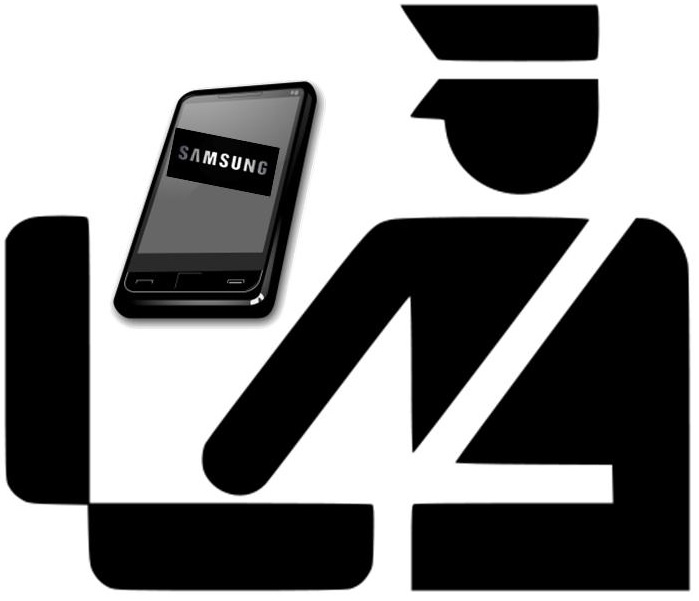An import ban has now been imposed on wireless products from the manufacturer by the U.S.
Samsung Electronics, from South Korea, has just lost a massive legal battle against one of its main rivals, Apple, over a case regarding a patent violation, following the order of a ban made by the International Trade Commission (ITC) against the import of its mobile gadgets into the United States.
This is only the most recent in a huge basket of patent infringement cases among the leaders in mobile.
The largest mobile gadget makers in the world have all been tied up in dozens of patent infringement suits against one another. In this particular case, Samsung was deemed to have been infringing on two patents that belonged to Apple. These patents had to do with the headphones and the technology for the touch screens.
When the final verdict was made in Apple’s favor, it meant mobile gadgets violating the patents had to stop coming into the country.
 This means that Samsung mobile gadgets that use the touch screen technology and the headphones that are involved in the patent violate can no longer be imported, distributed, or sold in the United States. This doesn’t meant that all of the devices made by the company cannot be sold, but it does involve all of those found to be in violation of the patent.
This means that Samsung mobile gadgets that use the touch screen technology and the headphones that are involved in the patent violate can no longer be imported, distributed, or sold in the United States. This doesn’t meant that all of the devices made by the company cannot be sold, but it does involve all of those found to be in violation of the patent.
At the moment, it is not yet known exactly how many gadgets from Samsung will be affected by this ban. The orders, themselves, have been sent to the desk of President Obama in order to receive his review. If he does not choose to veto the bans, then they will be put into effect and Samsung will be out of luck.
There are a number of different patent cases that remain pending between Samsung and Apple in several countries, as both of these companies work to broaden their market share in the sector of electronics and mobile devices and gadgets. These brutal battles have been going on for years and are expected to continue, if not worsen, along with the growth in popularity and complexity of the technologies.


